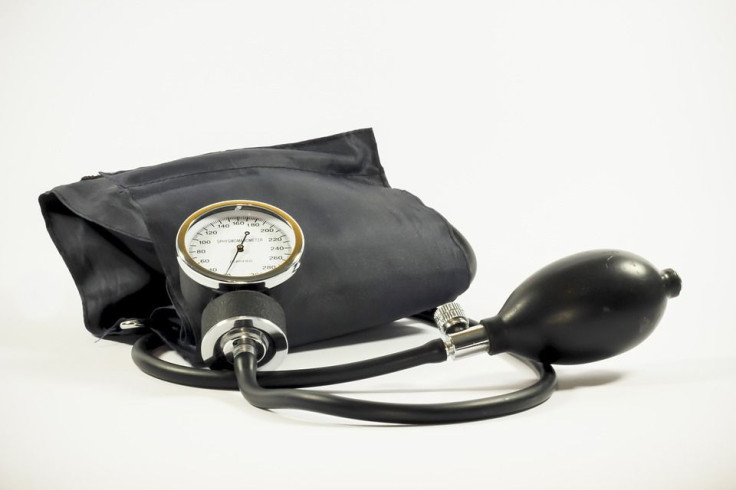Researchers Test And Monitor Blood Pressure By Selfie

A novel smartphone-based technology called “transdermal optical imaging” might one day be used to accurately measure blood pressure in a contactless manner. If the technology now being tested pans out, it will be the first significant move away from the venerable cuff-based sphygmomanometer invented in 1881.
This technology tested by a team of researchers from the University of Toronto in Canada, processes imperceptible facial blood flow changes from videos captured with a smartphone camera. It uses advanced machine learning (a subset of artificial intelligence or AI) to determine blood pressure from the captured signal.
Basically, transdermal optical imaging measures blood pressure by detecting blood flow changes in facial videos taken by a smartphone. The ambient light penetrating the skin's outer layer allows digital optical sensors in smartphones to visualize and extract blood flow patterns. The transdermal optical imaging models can use these blood flow patterns to predict blood pressure.
The research team measured the blood flow of 1,328 Canadian and Chinese adults by capturing two-minute videos using an iPhone equipped with transdermal optical imaging software. It compared systolic, diastolic and pulse pressure measurements captured from smartphone videos to blood pressure readings using a traditional cuff-based continuous blood pressure measurement device.
The team was supervised by study lead author, Kang Lee, Ph.D., professor and research chair in developmental neuroscience at the University of Toronto in Canada
Researchers used the accumulated data to teach the technology how to accurately determine blood pressure and pulse from facial blood flow patterns. On average, they found transdermal optical imaging predicted systolic blood pressure with nearly 95 percent accuracy and diastolic blood pressure with pulse pressure at nearly 96 percent accuracy.
Dr. Lee said the technology's high accuracy is within international standards for devices used to measure blood pressure.
While laudable, the test was conducted under ideal conditions difficult to replicate in the real world. Videos were recorded in a well-controlled environment with fixed lighting. This means it's unclear if the technology can accurately measure blood pressure in less controlled environments, including homes.
The skin tones of the participants were also another problem. The sample lacked subjects with either extremely dark or fair skin tones.
Dr. Lee and his colleagues are also looking to limit the needed video length from two minutes to 30 seconds to make the technology more user-friendly.
"If future studies confirm our results and show this method can be used to measure blood pressures that are clinically high or low, we will have the option of a contactless and non-invasive method to monitor blood pressures conveniently -- perhaps anytime and anywhere -- for health management purposes," said Dr. Lee.
Future studies could confirm this exciting result in hypertensive patients and with video camera measurements made during daily life, “then obtaining blood pressure information with a click of a camera may become reality,” Ramakrishna Mukkamala, Ph.D., Circulation Imaging editorial author and professor in the Department of Electrical and Computer Engineering at Michigan State University in East Lansing, noted.
Although very accurate, cuff-based blood pressure measuring devices are inconvenient and uncomfortable. Users also tend not to follow American Heart Association guidelines and device manufacturers' suggestion to take multiple measurements each time.
Published by Medicaldaily.com



























